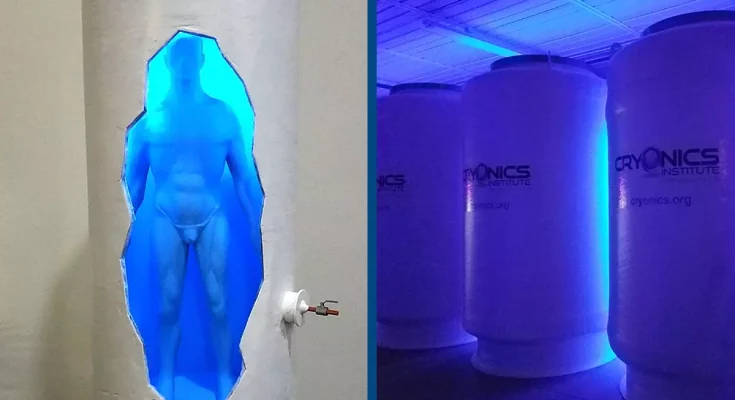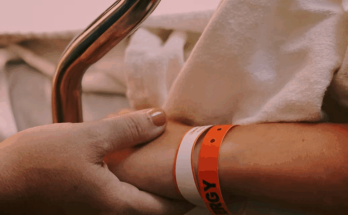People have been trying to cheat death for decades with various supposed hacks to fight the inevitable.
One biohacker, Bryan Johnson, has famously gone to extreme lengths to preserve his youth, even undergoing a blood transfusion using blood plasma donations from his son.
However, one man has gone to the next level, by having himself frozen in the hopes of being brought back to life.

The bodies are frozen in liquid nitrogen (Cryonics Institute)
Before his death, the Brit had signed up to a cryonics scheme that promised its members the chance for a ‘second life’.
The process involved his body being packed in dry ice at a funeral home in London before he was flown over 3,750 miles to the US where he would be stored by Cryonics Institute (CI) in the hopes of one day waking up again in the future.
The only thing known about the unnamed man is that he is the firm’s 254th patient.
Once at the facility, the patients are placed in a sub zero environment known as a ‘cryostat’ and are frozen in liquid nitrogen at -320.8 degrees fahrenheit.
The CI is currently housing more than 250 people, all of whom died in the hopes that the advancements in technology could one day bring them back to life.

People are signing up in the hopes of getting a chance at a second life (Cryonics Institute)
The person who has been waiting the longest is Rhea Ettinger who has been in her cryostat since 1977.
Dennis Kowalski, who is the president of CI, said: “Ironically, while the number of members is growing, I’m only surprised that we’re not more popular. What we are doing is pretty rational when you think about it.
“Cryonics is like an ambulance ride to a future hospital that may or may not exist some day.
“While we give no guarantees, if you are buried or cremated your chances of coming back are zero.
“We are therefore a Pascal’s wager, or a gamble with little to lose and all to gain.”
While doubters have argued that bringing a human back to life is impossible due to the intricacies of the brain, Kowalski has compared it with the progress made over the years to conduct successful heart transplants.
Critics have also hit back to share their disapproval with the practice, with Dr Miriam Stoppard, who is a journalist and a doctor, saying that it ‘robs the dying of their dignity’.
But that doesn’t seem to have deterred people, with the number of hopefuls dreaming of a second chance at life continuing to rise.
Featured Image Credit: Cryonics Institute



